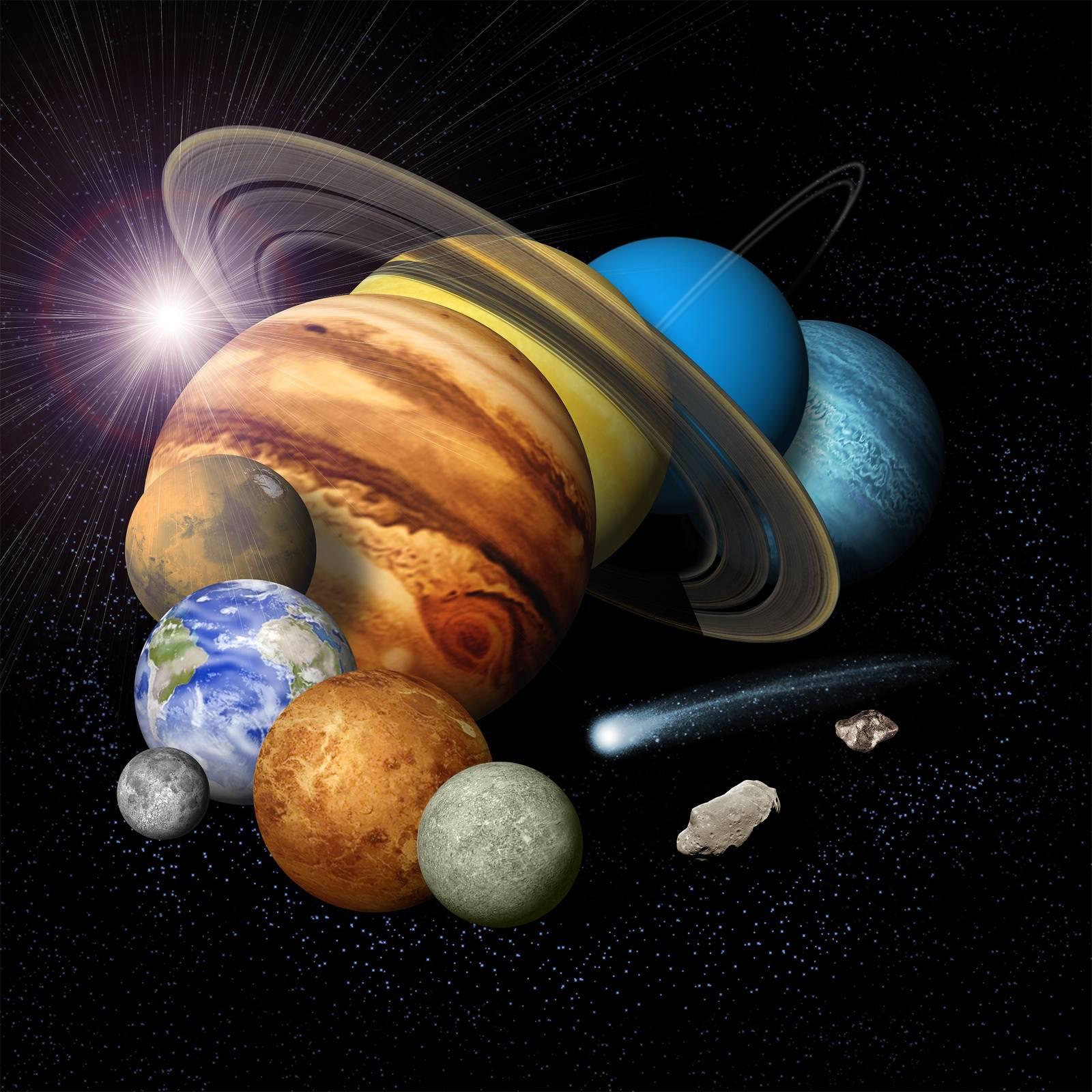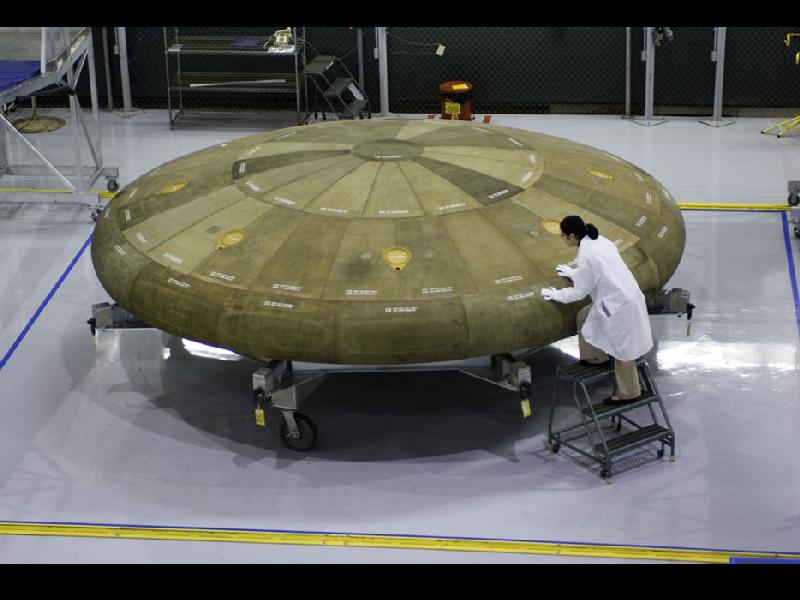An Imaginary FAQ about Very Real Places

Thank you for your interest in our new and expanded solar system. While it’s still a work in progress, more than 4 billion years in the making, we’re quite pleased with it so far. We have big plans for improving and evolving all the various worlds and objects it contains. We hope you will find millenia of enjoyment with this unique planetary system.
We know that you’d like to go out and explore the solar system, but until we have perfected the human-transport user interface that will allow you to do so, you’re limited to what we can supply from robotic probes, and our collection of ground-based and space-based telescopes and sensors.T
We’re sorry for the delay in the transport system, but we’re still working out a few design and fabrication issues that will allow for exploration in comfort and safety.
Before remotely exploring the solar system, please take a moment to browse through our FAQ, which is based on questions from earlier users.
Q. I note that there are thousands of objects in this solar system. How can we possibly keep them all straight?
A. A very good question! We’ve conveniently sorted your solar system objects for you. The largest object is the Sun. It’s a star, and so far it’s the only one in the solar system. It’s also the largest and most-massive object in the system.
The next-largest objects are the planets, and they’re sorted by size, composition, and dynamical characteristics. The Jovians (also known as the gas giants) are the large ones. They’re made mostly of gases wrapped around small rocky cores. These are Jupiter, Saturn, Uranus, and Neptune. Following that are the terrestrial planets: Earth, Mars, Venus, and Mercury. They’re smaller and made mostly of rocky materials.
Q. What about Pluto? Isn’t it a planet?
A. A commonly asked question based on a classification system that has been recently updated. No, Pluto is classified as a dwarf planet. This is for a variety of reasons, which you can read here. There are several dwarf planets and more are being discovered all the time.
Q. So, what are the other classifications?
A. After dwarf planets we have asteroids, comets, moons, and rings. Moons and rings are commonly found around other planets, although some asteroids also have moons.
Q. I heard something about some Planet X that is supposed to be hidden from us and is headed straight for Earth. What’s up with that?
A. Nothing. Chalk it up to a drama queen with an overactive imagination and no background in science.
Q. What’s this I hear about mysterious magnetic fields in space? Can they hurt us?
A. Every planet in the solar system has a magnetic field. They’re generated by normal processes deep within the planets. Those magnetic fields extend out into space and interact with the solar wind, which (among other things) carries the imprint of the Sun’s magnetic fields out through the solar system. Magnetic fields are perfectly normal and nothing to worry about. In fact, life on Earth would be very difficult if we didn’t have one.
Q. I read somewhere that there are hidden cities on Mars. What’s up with those?
A. Nothing. In more than 40 years of Mars exploration, no one has ever found any trace of life on Mars that was capable of building cities. In fact, nobody has found cities. That’s not to say there wasn’t life on Mars, but if it did exist (or exists today) it’s very likely it was microbial and never got to the stage of building cities. Or carving faces. Or sending spacecraft to Earth to terrorize people in New Jersey.
Q. Here on Earth we’re supposed to have a comfortable environment. Lately, we’ve noticed temperatures rising globally, accompanied by some strange weather swings. What’s going on?
A. You’re experiencing global warming, brought on by excess carbon dioxide in your atmosphere emitted by automobiles and other polluting technology. The way to fix this is obvious: cut your carbon dioxide emissions as quickly as you can and you can avoid major catastrophic changes. For more information, see here.
Q. Are there other places where humans can live in the solar system?
A. Interesting question. There’s no place quite like Earth. You could try Mars, but you’d need to build some sealed habitats and learn to go outside in space suits all the time. You could also try the Moon, but that’s got even less of an atmosphere and would require you to live underground to avoid being fried by dangerous radiation from the Sun. Your best bet, if you really feel compelled to migrate off-planet, might be to build habitats in orbit around Earth. Let us know how that works out for you.
Q. Are you thinking of creating other solar systems for us to explore?
A. There are some prototypes around about 228 other stars, but none of them are remotely like this solar system (so far). Keep checking back with us, though. Anything is possible, given the right kind of stars and a long-enough evolutionary process for their planetary systems.
Q. When will the updated version of this solar system, complete with planetary exploration craft for humans to be use be available?
A. We’re hoping to roll out a new spin-off program called “Mars Exploration 2.0” sometime in the next 20 years. That depends heavily on global investment and interest in such a mission. Until then, we’re concentrating on “Lunar Exploration 2.0” which builds on the Apollo variant of Lunar Exploration 1.0, first built and implemented in the 1960s. More details will show up at www.nasa.gov in the very near future.


